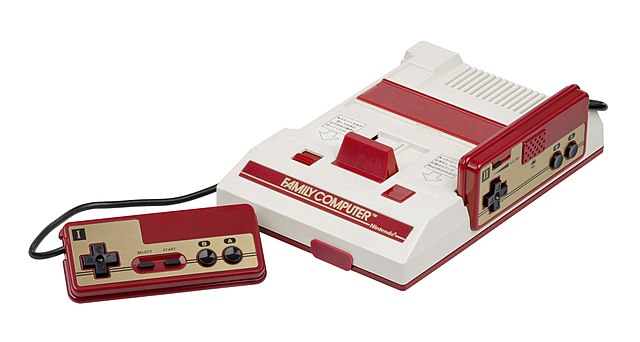I was watching a Kim Justice video on their personal top 100 arcade games and, when the video inevitably got to discussing Donkey Kong in the arcade something hit me — that game, like many arcade titles of the era, ran on Zilog Z80 based hardware. That was the go-to chip for speed and computational power for such relatively high end processing needs as arcade games (when paired with an appropriate graphics system, among other design considerations, of course) and it even made it into one home console of the early 80’s – the Colecovision. Incidentally, thanks to this, the Colecovision often had what were considered the best ports of arcade games of the era.
Indeed, it would seem a perfect chip. Hell, Nintendo would use the Z80 in its Game Boy hardware, which came about several years after the Famicom / Nintendo Entertainment System were already well established — why go back to the arguably “better” chip in the late 80’s, especially for a portable game system? I kind of just have to wonder what the logic was.
I’m certainly not saying it was a bad decision — I’m in no place to argue against history, and I’m well known to absolutely adore the 6502. I also, naturally, love the NES / Famicom as a game platform, give or take, and know its look and feel very well. It sold well, and had a long life, and that’s for good reason — it had some amazing games, was marketed well, and people, once they got to play it, generally liked it.
Still, that’s discussing it as it was made — the question here is why was the 6502 — a relatively weak processor — chosen as the architectural base of the system?
I did a search on this and came across an article from 2012 which touches on this very subject. In short form, sources the article cites state the chip was chosen because of its cost to performance value — basically, you could say it was the best bang for their buck… er, Yen.

The piece quickly moves on to some interesting discussion about the scene at the time, especially between Nintendo and businesses in the United States, with the point that stands out to me being a mention of a story that a Commodore 64 programmer and one of the engineers of the MOS 6502 got a look at the actual silicon of a NES CPU and saw that it was, at it’s core, a MOS 6502 with “the patented technology scraped off.” Indeed, when I first looked at a die shot of an NES CPU myself I noticed this — the core of it is very much a MOS 6502, surrounded by custom circuitry.
I had never thought about the very anti-Japanese business climate of the early 80’s but in retrospect it obviously had an effect on what Nintendo did with the 6502 technology. It still doesn’t explain explicitly why they still opted against the Z80 or, if they were ambitious, the Motorola 68000 — the latter, of course, being a still new and certainly expensive chip for what was designed to be an affordable game system and “family computer” in Japan — hence the “Famicom” name.
My thought is this — as stated above, the 6502 core was certainly the best investment, but not just because of it’s own cost to make and capabilities, but because the chip begged for expansion. The 6502 was well known and was, surprisingly, a somewhat simple chip to code for and I can imagine that any shortcomings from it were offset by the custom hardware which supported the Famicom / NES, in the form of the PPU and the aforementioned additional circuitry around the CPU — if memory serves that additional circuitry was used for sound processing, but I could be mistaken.
What I am sure of is that Nintendo did their own thing with the Famicom / NES and built quite the nice machine — an American core in the 6502 CPU expanded upon with Japanese ingenuity.
